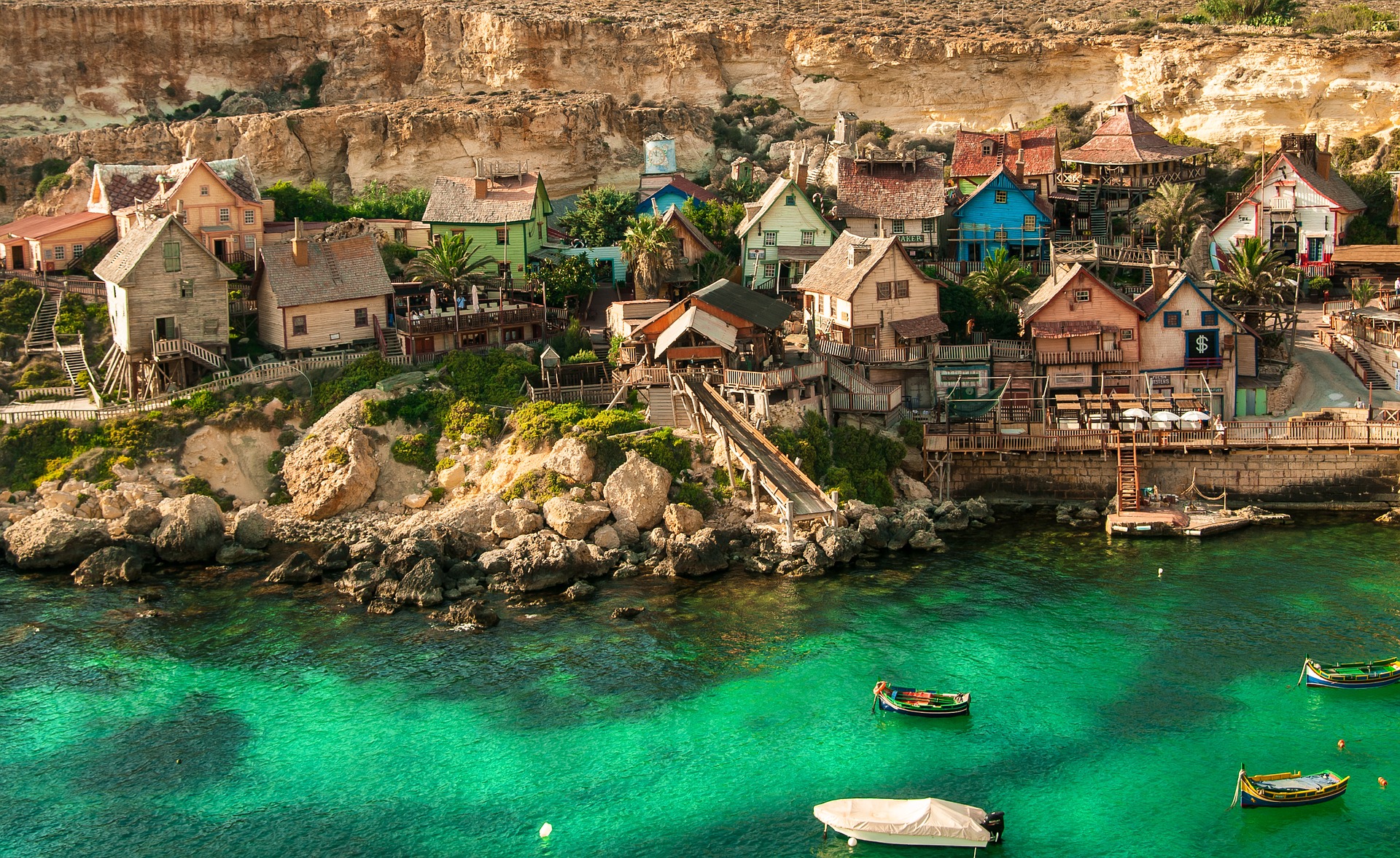Malta: the most beautiful attractions of the island to visit
Malta is an island, or rather it is classified as an archipelago as it really consists of more than one island. A land of conquest for many peoples, from the Romans to the Moors, then the French and the British, its origins are Phoenician. It has a population of just over 460,000, spread over several cities, most of which are located in its capital, Valletta.
What Malta is like
Between the southern coasts of Sicily and North Africa lies Malta, a small state with a remarkable history and several archaeological sites that bear witness to an ancient past, with megalithic temples that predate the construction of the Egyptian pyramids by tens of centuries, and the site of Stonehenge itself. At least 4000 years before Christ, this island was already inhabited by the Phoenicians, who established the first settlements. Then came other peoples who each brought their own traditions and culture.
The main city is “Valletta”, which we will deal with in more detail, but also other cities are very important and absolutely worth visiting, so for a thorough visit of Malta we recommend you to spend several days.
Visit Valletta
Valletta, along with two other places in Malta, is a UNESCO World Heritage Site. In Malta you’ll find plenty of Baroque-style churches with red and silver domes, but Valletta is also known for its remarkable fortifications and Medieval Citadel.
The capital city of Malta was Capital of Culture 2018, a title shared with the Dutch city of Leeuwarden. In fact, this title in Malta was also shared with the rest of the small state, extending the calendar of events to other places. Valletta was founded by Grand Master Jean Parisot de Valette with the reconstruction of the entire island after the terrible siege by the Turks in 1565.
St John’s Co-Cathedral
St John’s Co-Cathedral in Valletta is certainly one of the most beautiful churches on the island and also one of the most beautiful Baroque churches in the world. The walls were painted by Mattia Preti, but there are also two works by Caravaggio depicting Saint John the Baptist and Saint Jerome.
The beauty does not end there: the Flemish tapestries are spectacular and the mosaic floor is simply stunning. The entire interior of the church, from the floors and walls to the dome, is awe-inspiring and deserves to be enjoyed in religious silence and respect for the place you are in.
St. George Square and Grand Master’s Palace
After visiting St. John’s Co-Cathedral, walk down Republic Street to St. George Square, a beautiful square overlooked by the Main Guard Palace and the old Cancellery, dating from 1603. These two buildings are directly opposite the Grand Master’s Palace, which is certainly one of Malta’s historical and architectural landmarks.
Inside you’ll find fantastic tapestries and works of art such as the frescoes by Mattia Perez d’Aleccio. In addition to the paintings, you can also admire the parade armour of the famous Knights of Malta, including that of the city’s founder, and an admirable collection of Ottoman weapons dating back to the Turkish siege.
The Sacred Infirmary
The Knights Hospitallers were renowned for their skills in the medical arts and their dedication to the sick and wounded. The Sacra Infermeria, built in the 16th century by order of the Knights of Malta, was a state-of-the-art medical centre for its time.
It could accommodate 600 patients and also housed a school of anatomy and surgery. Today this structure is a Congress Centre and houses the permanent exhibition “I Cavalieri Ospitalieri”, which is not to be missed.

